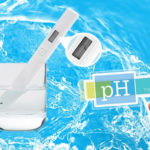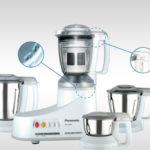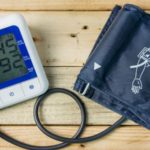It’s common to use plastic wrap to store food, but you may be making some mistakes without realizing it. Don’t worry, this article will point out these common mistakes and provide guidance on how to use plastic wrap safely and effectively.
1 Common Mistakes When Using Plastic Wrap That Can Affect Your Health
Leaving Plastic Wrap on When Reheating Food
 Always remove plastic wrap before reheating food
Always remove plastic wrap before reheating food
Plastic wrap can contain chemicals such as and DEHA, which can be harmful to your health when heated. These chemicals can melt and mix with your food, potentially causing cancer. Always check the box your plastic wrap came in to see if it’s safe for microwave use.
Using Low-Quality Plastic Wrap
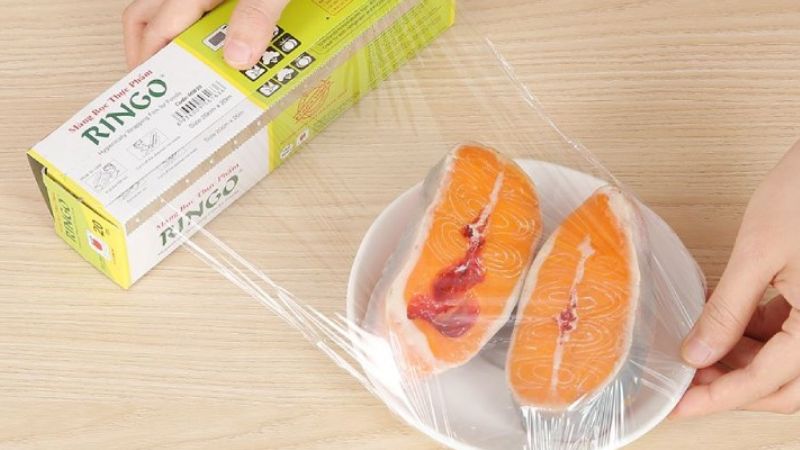 Buy your plastic wrap from a reputable source with clear origins
Buy your plastic wrap from a reputable source with clear origins
Low-quality plastic wrap often contains additives and plasticizers like DEHP and cadmium, which are potential carcinogens. To ensure your safety, purchase plastic wrap from reputable sources that clearly state the product’s origin.
No Space Between Food and Plastic Wrap
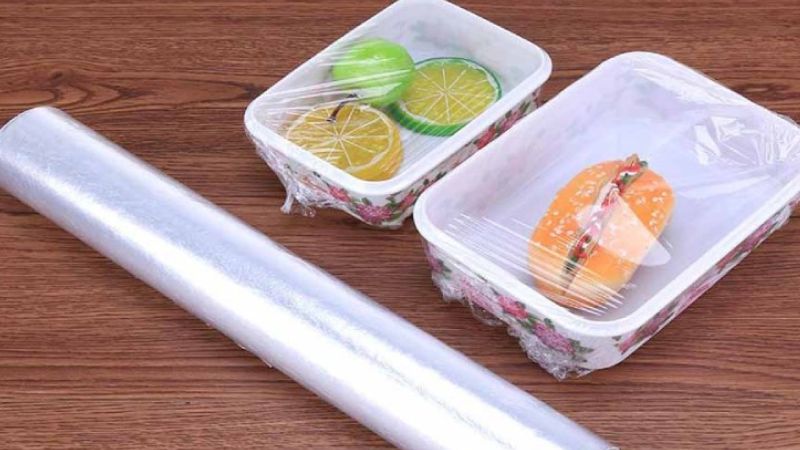 Leave a gap of at least 2.5cm between food and plastic wrap
Leave a gap of at least 2.5cm between food and plastic wrap
The ideal space between your food and the plastic wrap is at least 2.5cm. Alternatively, you can place your food in glass containers with high walls and then use plastic wrap to cover the container, ensuring a safe distance.
Using Plastic Wrap on Hot, Oily Food
 Avoid using plastic wrap on hot, oily food
Avoid using plastic wrap on hot, oily food
Using plastic wrap on hot, oily food can be harmful to your health. The heat and oil can cause the chemicals in the plastic wrap to melt and mix with your food, posing a health risk.
Storing Carrots, Cucumbers, and Yardlong Beans in Plastic Wrap
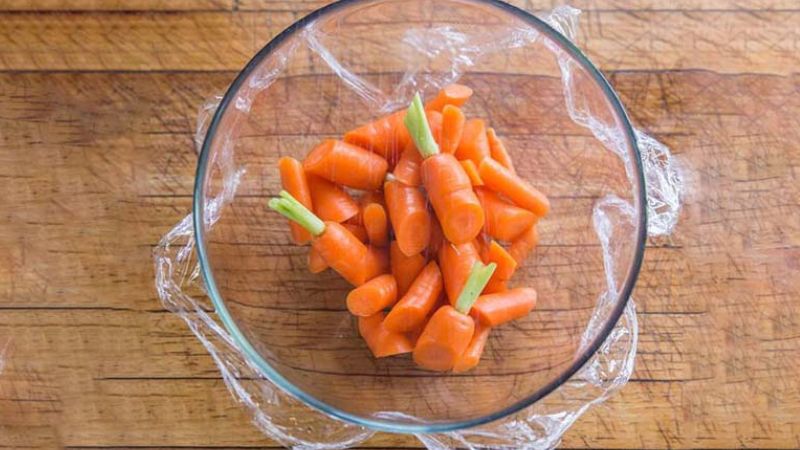 Do not store carrots, cucumbers, and yardlong beans in plastic wrap
Do not store carrots, cucumbers, and yardlong beans in plastic wrap
Storing carrots, cucumbers, and yardlong beans in plastic wrap can reduce their vitamin C content. It’s best to avoid using plastic wrap for these types of produce.
Storing Cooked Food in Plastic Wrap
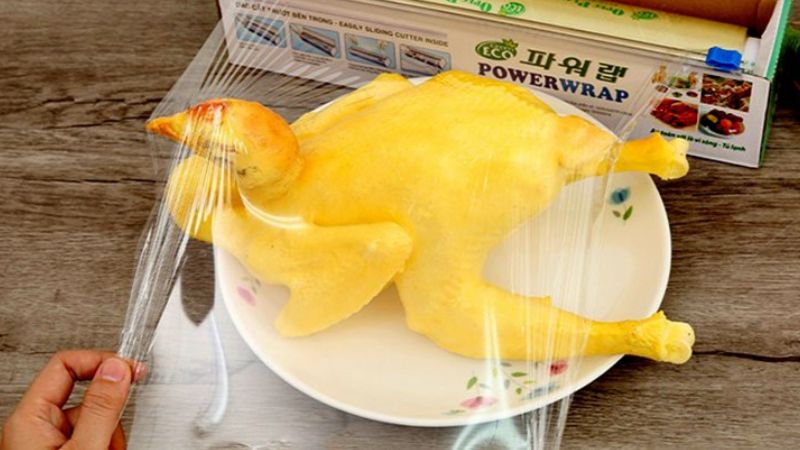 Allow cooked food to cool before storing it in plastic wrap
Allow cooked food to cool before storing it in plastic wrap
After cooking, let your food cool down before wrapping it in plastic wrap. If you wrap hot food, the chemicals from the plastic can seep into your meal, affecting your health.
2 How to Properly Use Plastic Wrap
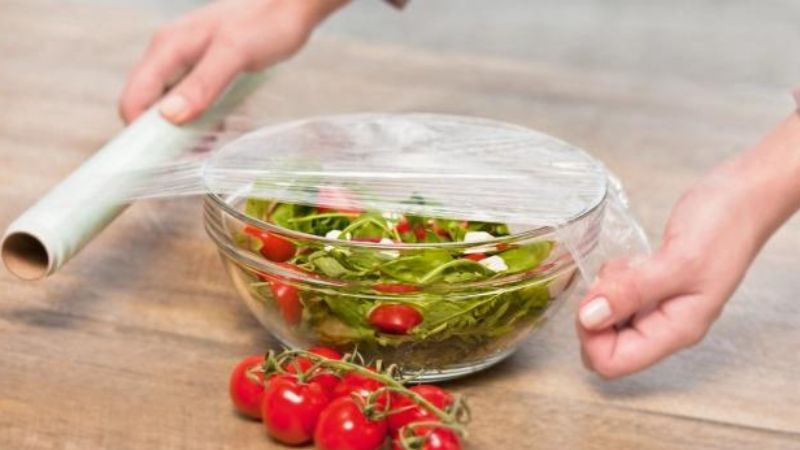 Tips for using plastic wrap safely and effectively
Tips for using plastic wrap safely and effectively
- Use plastic wrap with a clear origin and safety confirmation from relevant authorities.
- Store plastic wrap in a cool, dry place, away from heat sources.
- Before wrapping food, ensure it is dry.
- Use PE plastic wrap for cooked food and PVC wrap for raw food.
How to Differentiate Between PE and PVC Plastic Wrap:
- PE Plastic Wrap: Transparent white, stretchy, less sticky to the touch, easy to separate when in contact, burns easily with a flame, and doesn’t produce a strong odor when burned.
- PVC Plastic Wrap: Ivory or light yellow, less stretchy, sticky to the touch, difficult to separate when in contact, hard to burn, produces a strong odor when burned.
This article has highlighted some common mistakes when using plastic wrap and provided guidance on how to use it safely. We hope you found this information helpful and will avoid these mistakes in the future.
Explore 12 Amazing Destinations for Biking Trips
Unlock Vietnam in a brand new way with an exciting biking tour! Discover the stunning beauty of the country with Dien May XANH’s top 12 must-see destinations. From sweeping plains to clear blue beaches and mountainous vistas – experience all the sights with your own personal cycling tour. Find your ideal route and set out for an adventure today!

























